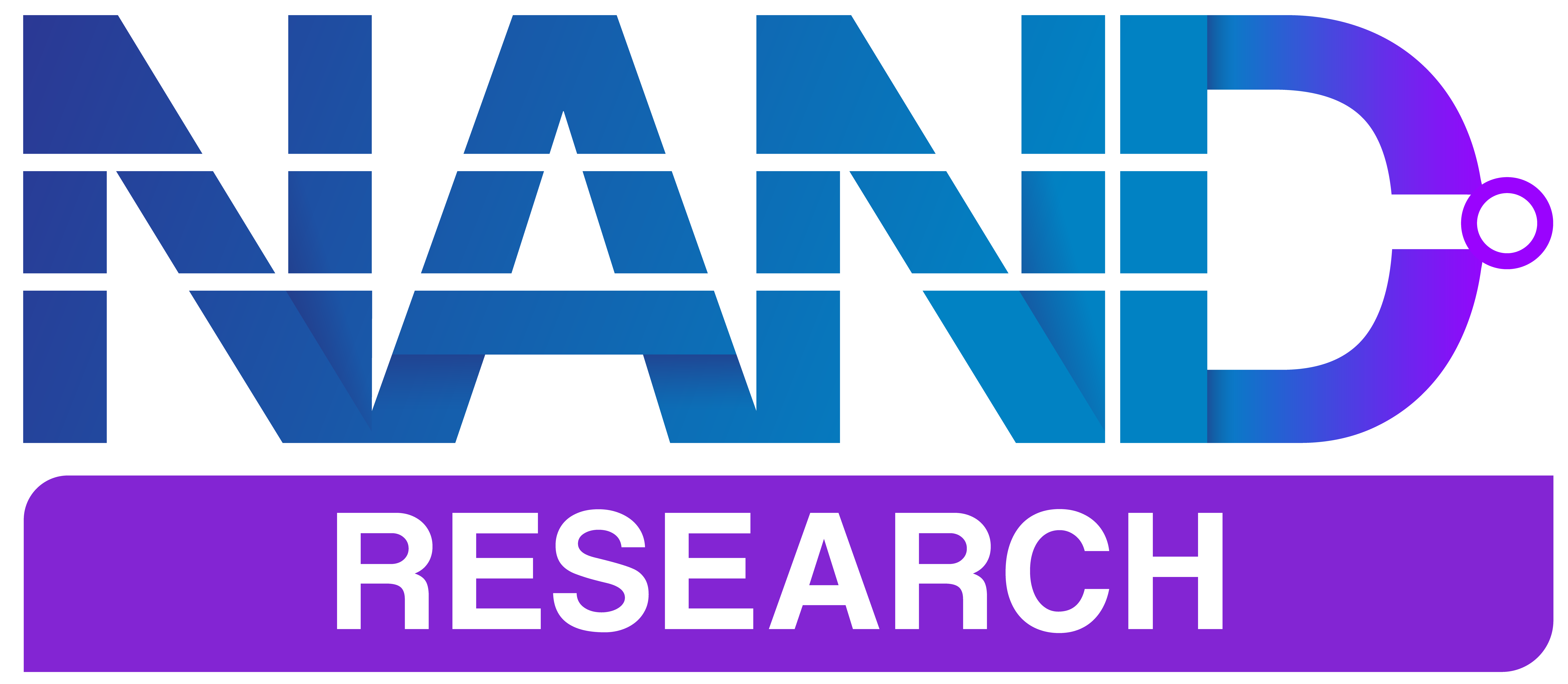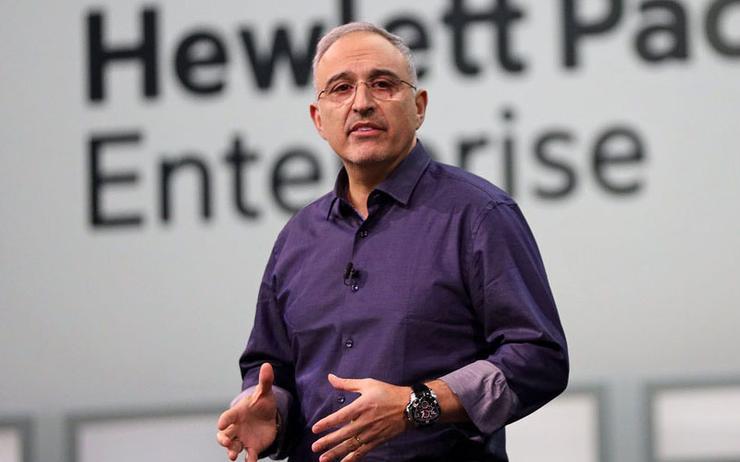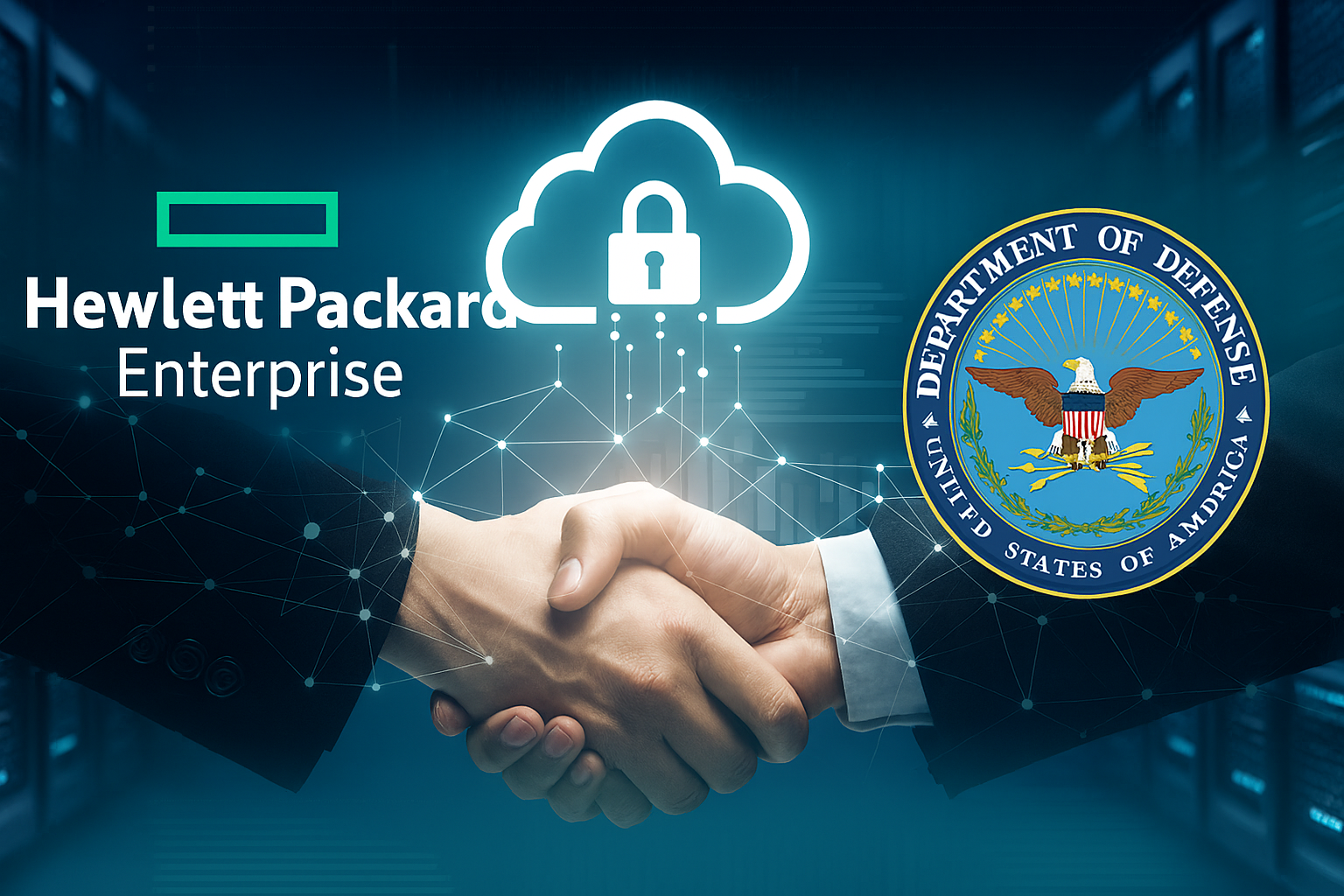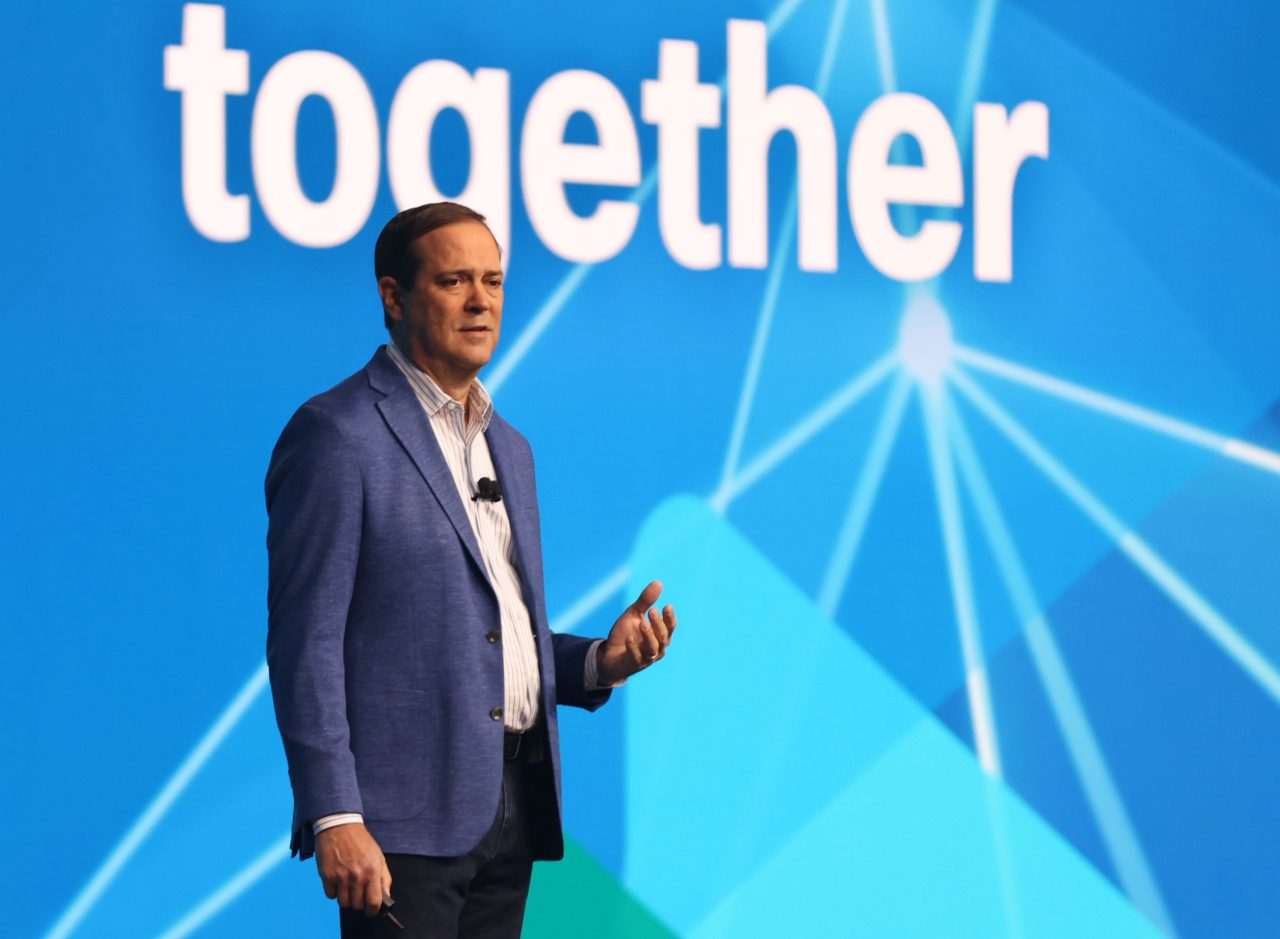
Well, folks, it’s official! After what was a long and winding road through regulatory hurdles, the U.S. Department of Justice has finally given the nod to Hewlett Packard Enterprise’s (HPE) whopping $14 billion acquisition of Juniper Networks. This isn’t just any tech merger; it’s a monumental move that’s set to shake up the enterprise networking world.
So, why is this such a big deal for HPE? It all boils down to AI, or rather, AI-driven networking. HPE wants to be a major player in this space, and Juniper, with its highly regarded Mist AI platform, is key to that ambition. Think of it as HPE supercharging its ability to build intelligent, self-managing networks from the edge to the data center. This combination isn’t just about bigger market share; it’s about pushing the boundaries of what enterprise networks can do, leveraging AI to deliver unprecedented levels of automation, insights, and user experience. For years, Cisco has been the undisputed heavyweight champion in enterprise networking. The Juniper acquisition positions HPE, combined with its existing Aruba networking business, as a much more formidable contender, offering customers a strong, full-stack alternative. It’s about creating more choice and driving more innovation in a market that’s becoming increasingly critical for businesses of all sizes.
Now, getting the DOJ’s blessing didn’t come with a free pass. HPE had to make a couple of concessions to address concerns about market competition, especially in the wireless local area network (WLAN) segment.
First up, HPE is divesting its Instant On business. This line of wireless access points and switches, aimed at small businesses and remote offices, isn’t a massive revenue driver for a company the size of HPE. Its divestiture primarily serves to open up that specific corner of the WLAN market, creating an opportunity for smaller, agile companies to develop the small to mid-size WLAN market niche. Think of players like Meter, who are perfectly geared towards serving businesses that fall outside the typical enterprise radar of giants like HPE or Cisco, benefiting from this broadened competitive landscape. It ensures that this market segment remains vibrant and competitive for dedicated smaller providers.
The second concession involves licensing Juniper’s highly coveted Mist AI AIOps source code. The DOJ mandated that HPE license this source code to up to two competitors. While Mist AI is a core reason for the acquisition, HPE has affirmed its full ownership and commitment to the continuous enhancement and development of the product. The real value of Mist lies not just in the existing code, but in the ongoing innovation and its deep integration across HPE’s expanding networking portfolio. As we have seen with so many other acquired product lines in the past, HPE’s strategic intent is to not only leverage existing functionality but, in the case of Mist, to fully leverage Mist’s capabilities for its own comprehensive AI-native network offerings for years to come.
With these hurdles cleared, HPE can now fully focus on integrating Juniper’s capabilities and accelerating its vision for AI-native networking. This deal promises to bring a new level of intelligence and automation to enterprise networks, enabling businesses to manage complexity and drive digital transformation more effectively. This pivotal move signals a new chapter in enterprise networking, promising to redefine how businesses build and manage their digital foundations.




